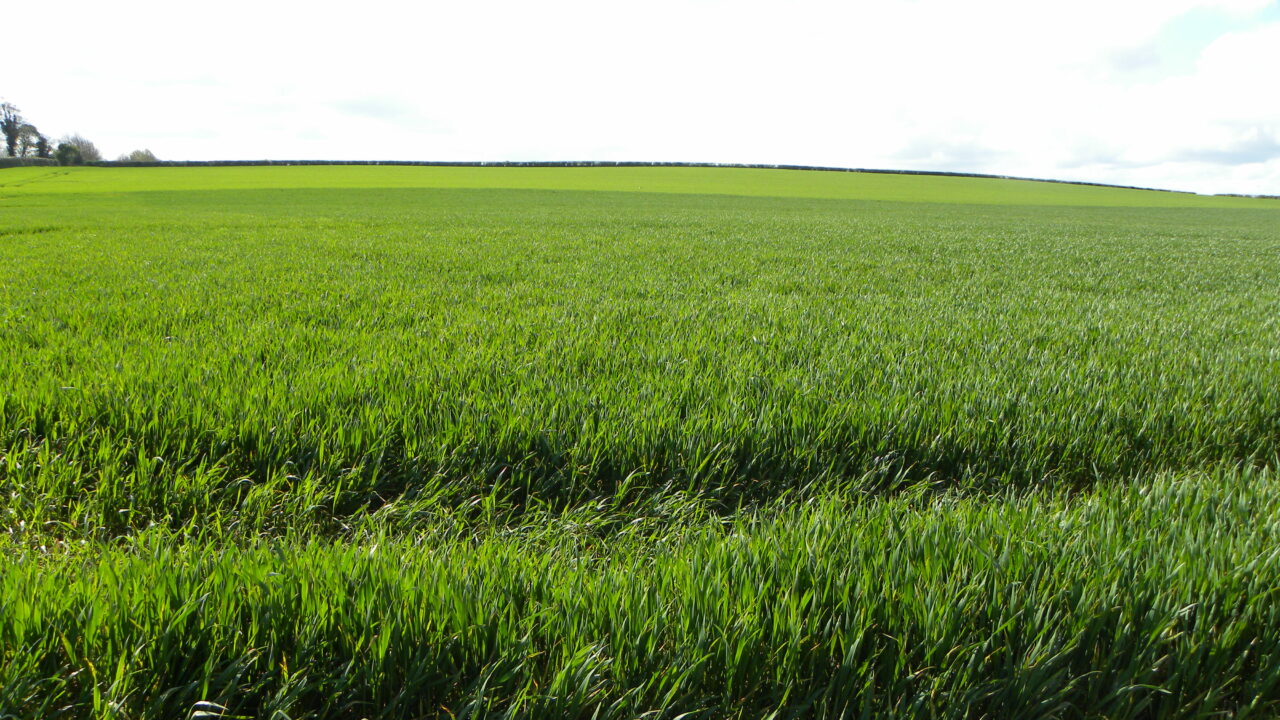Once field conditions allow, crops that survived winter will need their first N application to breathe life back into them, Leigh McClean Crops Technologist based at CAFRE’s Greenmount Campus has said.
He said that surviving crops are showing signs of stress as days lengthen, temperatures hopefully warm up and plants attempt to grow.
McClean recommends applying the following to winter crops:
Winter Barley
Typically winter barley should receive one third of total N during late tillering, usually before mid-March.
To promote tillering in thin barley crops aim to get on sooner or increase the proportion of N applied at this early stage.
Research funded by ADAS (research consultants) has shown that modern winter barley varieties can produce bigger yields if a higher proportion of N is applied before stem extension.
However if applying extra early N, McClean advises that it will need to be accompanied with a more robust fungicide and PGR programme to keep the crop standing and clean from disease.
Winter Wheat
For winter wheat, a third of total nitrogen before the start of stem extension is sufficient, usually around the end of March.
As with winter barley if the crop is late drilled, thin or struggling sow nitrogen earlier to encourage tillering.
For all winter cereals this first fertiliser application is the ideal time to incorporate at least 20kg/ha sulphur and to top-up remaining P and K.
Herbicides
Looking to herbicides, McClean advises to prioritise winter barley as the few remaining grass weed herbicides effective for this crop only work on small grasses.
Also cut-off dates for latest application are earlier than for winter wheat. Consult product labels carefully for cut-off dates and latest growth stages.

